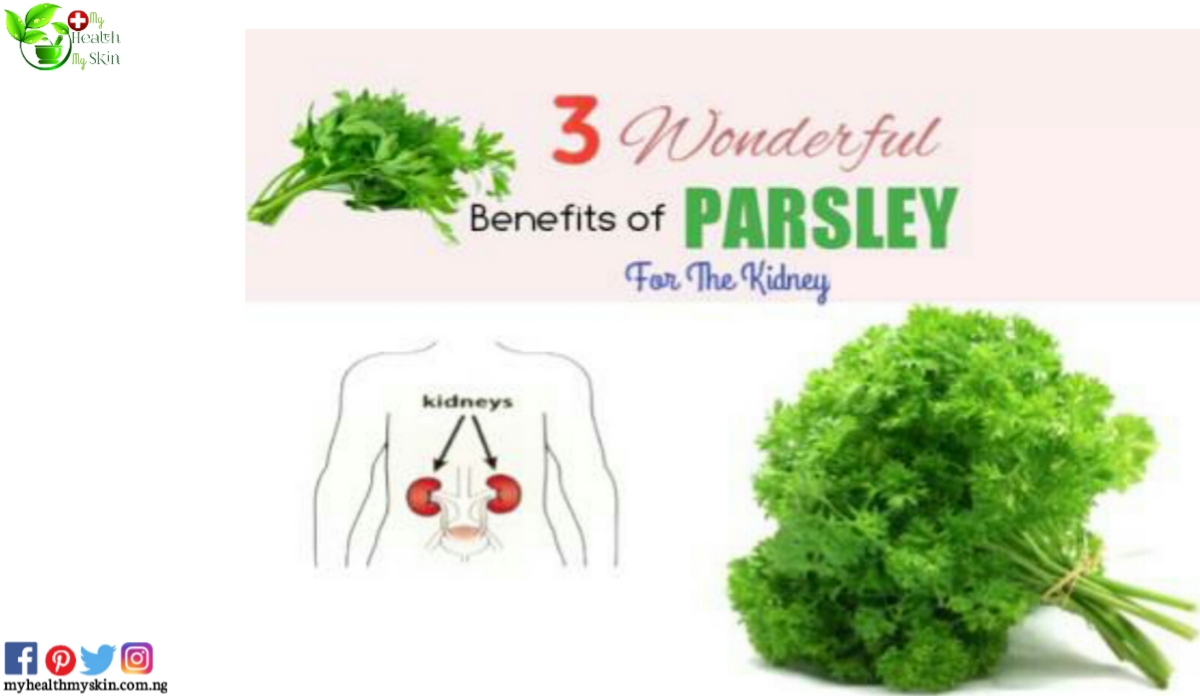parsley
What is parsley?
Parsley is a bright green, biennial plant in mild climates. on the other hand, parsley is an annual plant in sub-tropical and tropical regions. It is a species of flowering plant in the family Apiaceae that is indigenous to the central and the Mediterranean region.(Greece, Portugal, Spain, Malta, Cyprus, Morocco, Algeria, Sardinia, Lebanon, Israel,Turkey, and Tunisia, southern Italy), but has naturalized elsewhere in Europe, and is widely cultivated as an herb, and also a vegetable.
Description of parsley
Parsley is a bright and green plant that grows as a biennial plant, in the first year (in it’s early stage) and it forms a rosette of tripinnate leaves about 10–25 cm long with numerous 1–3 cm leaflets, and a taproot used as a food store over the wintertime. In the second year, it grows an umbel of tiny flowering stem upto 75 cm (30 in) tall with sparser leaves and flat-topped 3–10 cm diameter umbels with numerous 2 mm diameter yellow to yellowish-green flowers. The seeds are oval , 2–3 mm long, with prominent style remnants at the pinnacle. Apiol is one of the compounds of the essential oil. The plant usually dies after seed maturation.
Scientific Name(s)
- Petroselinum crispum
Common Name(s)
- Parsley also is known as garden parsley and rock parsley.
Genus
- Petroselinum
Species
- P. crispum
Family
- Apiaceae
Cultivars
Two cultivars of parsley exist:
- The Flat parsley leave is preferred by some gardeners, as it is more easier to cultivate, being more tolerant both in sunny and rainy weather, and is said to have a stronger flavor, although this is controversial
- The curly leaf parsley is preferred by other people, because of it’s more decorative aspect in garnishing
How to identify parsley leave?
You must be very careful when gathering wild parsley leaves, because of the common similarity of it’s leaves and flowers to 3 common poisonous plants. The first, Aethusa cynapium (also known as dog poison, fool’s parsley, small hemlock) may be notable from parsley by it’s shiny, yellow-green underside of the leaves, are dreary in parsley, and also the white flowers, which are yellowish in parsley. In the same way, collectors should be mindful of Conium maculatum (poison hemlock, water hemlock, poison parsley) and Cicuta maculata (water hemlock). The Poison hemlock is a much larger plant than common parsley leave. Poisonings have occurred when the leaves of Conium were inaccurate for parsley leave and the seeds for anise. The Symptoms of Conium and Cicuta poisoning include diarrhea, dilated pupils, vomiting, weakness, paralysis, death, weak pulse and convulsions.
How does parsley leave taste?
The Parsley plant has a clean and pepperish taste with a touch of earthiness, making it a great utility in the kitchen. Running through the parsley leave is a natural aromatic oil, and it’s this which is responsible for it’s distinct flavour.
Properties of parsley leave for the kidneys
Kidneys are two bean-shaped organs located right at the back of the abdominal cavity, just above the waist. The kidney is one of the main filters of our blood and are responsible for the removal of the waste products from our body through the urine. They are also allowed to reserve only what our organism needs. However, the properties of the kidneys do not stop there, kidneys are important for the regulation of the blood pressure. The kidneys stimulate the production of red blood cells of our blood and partake in the balance hydrosalin. On each kidney, there is also an adrenal gland that plays a crucial role in regulating our body’s response to stress. Parsley is a medicinal plant that provides several benefits to the kidneys, it helps to strengthen them in a complete natural form, by stimulating their various functions in the right way. At the same time, parsley is also very helpful for the prevention of stones, renal. In addition, parsley is also an excellent natural depurative of the kidneys, so it’s regular consumption improves the functions of purification and detoxification of the kidneys.







